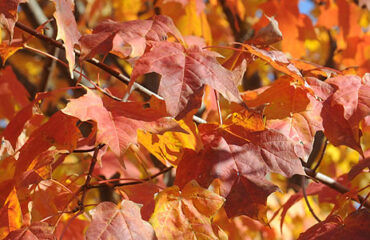If there was a college course offered on how to best maintain your lawn in the summer months, there is one major postulate that absolutely trumps all other theories concerning health, color, and resistance to disease and hot weather.
That is…after Memorial Day raise the deck on your mower (if you haven’t already). That’s right, if you aren’t in the habit already, there is no need whatsoever to cut your grass shorter than 3.5 inches during June, July, and August.
In fact, a lot of people mow even higher, because…leaving more green standing helps to keep your grass green, healthy, and disease-free.
Now, the variety of grass and the part of the country has something to do with that, as well. For instance, in the south where many grow varieties of bermuda grass you can can mow it closer. Bermuda is engineered for that. And, for whatever reason it seems to be a cultural thing in the South…people just like their grass cut closer.
But in northern climates where bluegrass and fescues are more common, those grasses do much better if they’re allowed to grow longer, thereby preserving plant moisture and limiting the chance for disease to emerge if the plant stem is cut too short. “Shock” is a good description of what takes place.
Here’s another helpful hint to maintain color and overall health. If you have irrigation run it during the heat of the day. Don’t worry about the old lament about losing water due to evaporation. That’s the idea with midday watering. Evaporation helps to drop the air temperature on your lawn, as much as 8 degrees on a 90-degree day. That drop in temp, along with water being absorbed by the plant, helps preserve plant vigor and actually promotes growth during stressful heat periods.
However, if you do water during the hot hours of the day, be sure and turn the water off in time so that your lawn can dry before dark. That, too, helps to decrease the risk of fungus disease.
A couple of simple tips…for your first day of class. Summer Lawns, 101…!




